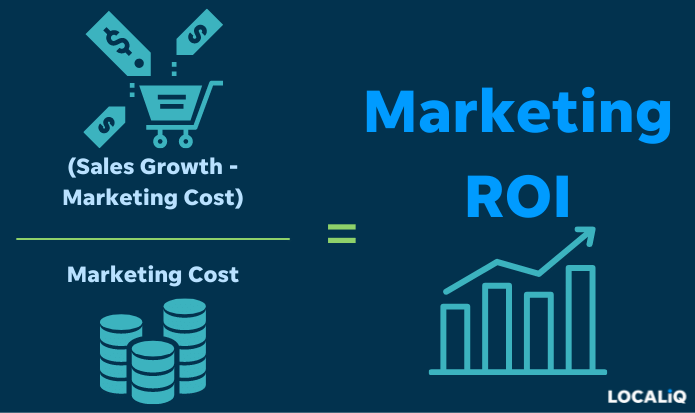
Growing a business takes planning, and any successful marketing activity, whether it’s Inbound or Outbound, starts with a plan. The good news is that marketers who have prioritized blogging are 13 times more likely to enjoy positive ROI from inbound marketing.
To get you started on the Inbound journey, here are six steps to a successful Inbound Marketing plan.
- Set your objectives
Start with a goal. For example, you might start by setting a goal to secure 10 leads per month to pass on to your sales staff. It’s important to have a target and as you gain experience with Inbound Marketing, you will increase your ability to set better goals and see the value of the investment in time and money.
2. Know your audience
The first rule of any communications is to know who your audience. If you haven’t already do so, put together a profile of your target audience.
3. Know where your audience lives (online)
Once you know more about your audience, find out where they live online. Inbound can include blogs, e-newsletters, webinars, infographics and more. Different groups have different preferences, so determine how your target audience likes to consume information and where you can find them.
4. What are your audience’s pain points
(We believe this is key). What problems does your audience have that you can solve? What things do they complain about? Make a list of pain points so you can develop content to demonstrate how you can solve their problems.
5. Create a calendar
Map out the next six-month or year. Begin by filling in things that are specific to your business. For example, if you are a garden shop, you might want to plan a spring e-newsletter with tips for planning a flower garden. Once you fill in the seasonal topics, revisit your pain point list above and fill in the rest of the calendar with answers to those problems. Try to be realistic about how much content you can produce. It’s better to execute a few things well than to do a lot of content that is poorly done.
6. Develop a promotion plan
As you flesh out your calendar, put together a promotion plan for each piece. Social sharing, email databases, review site etc. Review where your audience lives and plan how you will promote your content there.
If you’d like to put together an inbound marketing strategy, we’re ready to help. Contact us to see how we can help you grow your business.









